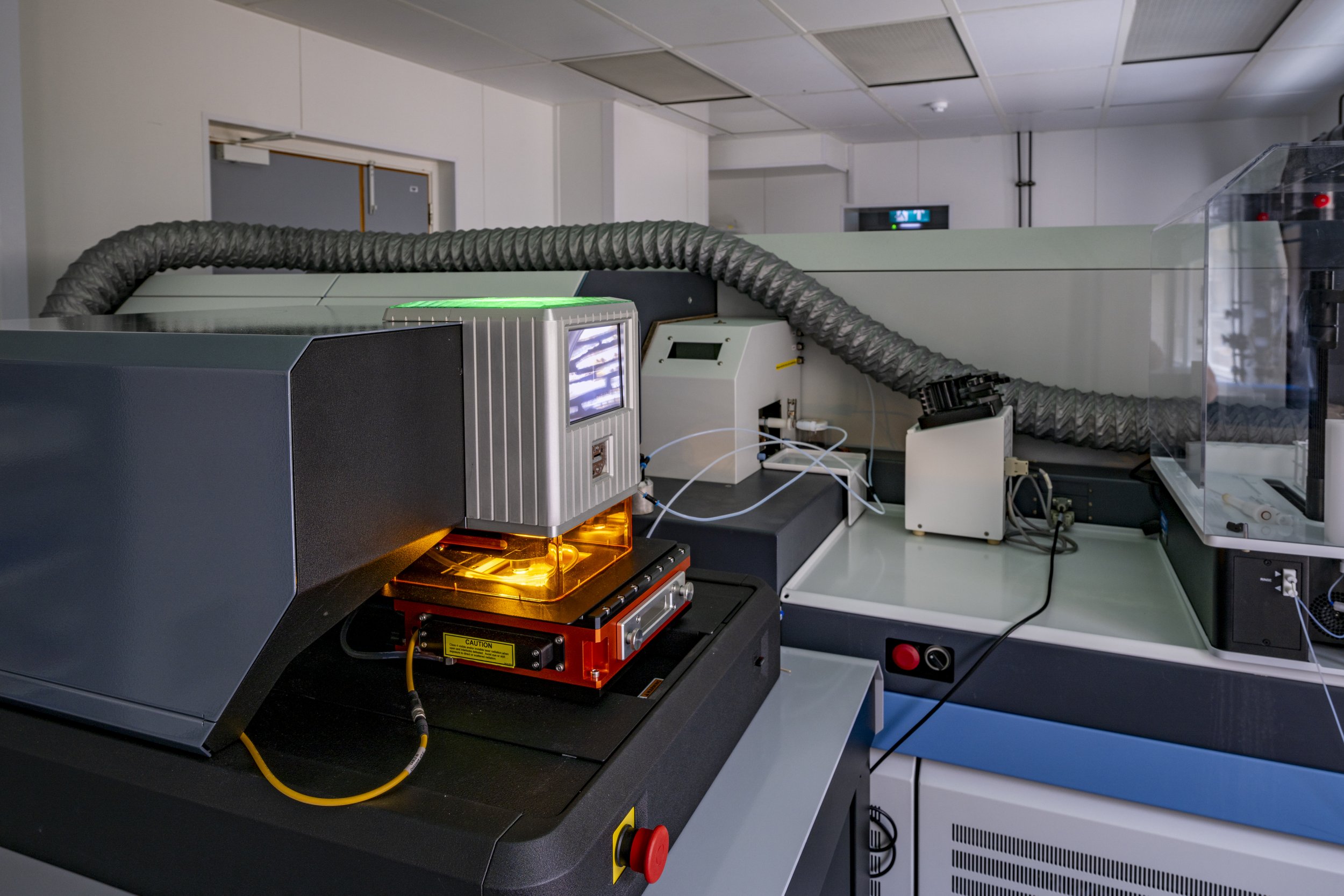PhD projects entry September 2024
/There are two projects this year involving my research group, both with a deadline of 3rd Jan 2024, here is a link to how to apply (https://inspire-dtp.ac.uk/how-apply).
Project 1: The Acid Test – high-resolution records of climate change across the PETM and other hyperthermals (link for more details).
The most recent time in the geological past when Earth’s climate changed as fast as it is doing today was during the PETM – the Paleocene-Eocene Thermal Maximum – 56 million years ago. In this project you will generate new records of ocean acidification (OA) and warming across this event using laser ablation of individual foraminifera. Each foram grows in the upper ocean over a couple of weeks to a month, so in its shell is encapsulated a super high-resolution picture of past climate. Unfortunately, that high-resolution picture of climate is scrambled by the slowly accumulating sediment record as the foram gets mixed up with and churned around by benthic organisms. By combining single foram analysis of boron isotopes, trace element composition and carbon and oxygen isotopes with a sediment mixing model and outputs of the GENIE Earth system model (as part of a wider project called C-FORCE) you will “see-through” the mixing to reveal the true nature of the OA across the PETM and other hyperthermals of the Eocene. This project will also enable you to take part in International Continental Scientific Drilling occurring in the US to collect more material across these key climate events.
Project 2: It’s getting hot, sour and breathless – impacts of climate change on carbon(ate) fixation by foraminifera (link for more details)
Foraminifera are not just archives of past climate change (see Project 1) but form a key aspect of the ocean carbon(ate) pump. How this key long-term sink of CO2 out of the atmosphere will be impacted by future climate change will depend on how the calcification of forams responds to the oceans getting hot, sour and breathless. This project is led by David Evans and involves using cutting edge techniques to analyse cultured foraminifera as well as forams from unique museum collections to determine the response of forams of various species to OA, warming, and changes in O2.
Please get in touch with Gavin (g.l.foster@soton.ac.uk) if you want to know more and are interested in these projects.
Project 3: How do foraminifera grow? Determining the role of cellular ion transport processes in biogenic marine calcite formation (link for more details)
How foraminifera actually calcify (make their shells) is only poorly understood. Here the role of Mg ion transport and amorphous precursor phases in foraminiferal calcification will be explored using a suite of techniques to study live foraminifera. This project is also led by David Evans as part of his ERC.








